Whispers in the Wind: Decoding Your Horse’s Language
From the moment I started my journey with horses, the silent whispers shared between us became the foundation of our relationship. I remember the gentle nudge of my first horse, a signal of curiosity or perhaps a request for attention, which taught me the importance of listening with more than just my ears. Each horse I’ve met has brought with it a unique language, a blend of subtle cues and vibrant expressions, waiting to be understood. It was through these non-verbal exchanges that I discovered the true depth of connection possible between a horse and their human.
Understanding your horse’s cues is akin to learning a new language, one that is visual, tactile, and emotional all at once. It’s a language where a flick of the tail or a softening of the eyes holds volumes of meaning. This post is designed to bridge that gap, to transform these whispers into a dialogue. Our goal is simple: to enhance the way you communicate with your horse by recognizing and interpreting their signals.
By the end of this article, you’ll be more attuned to the subtle nuances of your horse’s communication. This isn’t just about improving cooperation; it’s about forging a deeper, more respectful relationship with your equine partner.
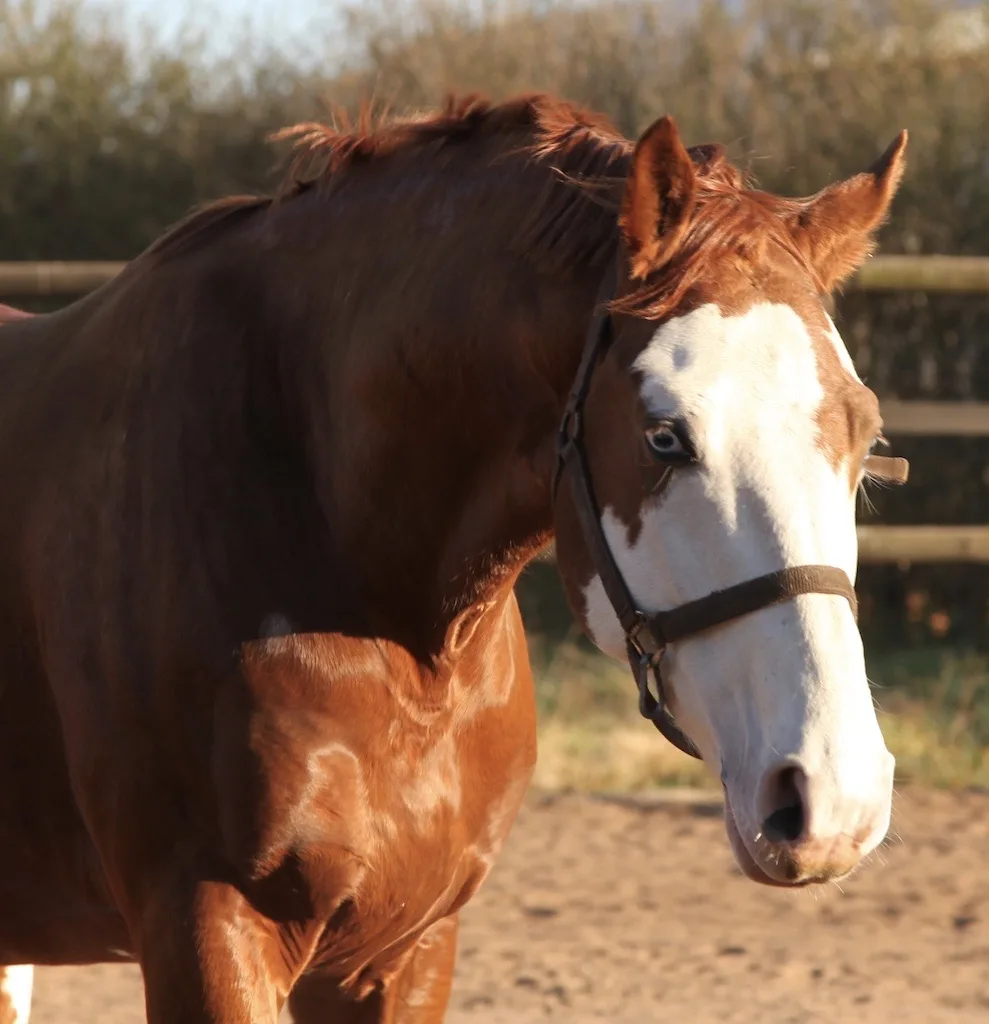
Body Language
Horses communicate a lot through body language, each movement and posture revealing their thoughts and feelings. It’s a language of silence but speaks volumes if you know what to look for.
- Ears: The positioning of a horse’s ears is one of the most visible ways they communicate. Ears pricked forward indicate curiosity or interest, while ears pinned back can signal irritation or aggression. A horse focusing on something will often point its ears towards it, offering clues about where its attention lies.
- Eyes and Eyelids: They say the eyes are the window to the soul, and this couldn’t be truer with horses. Wide, alert eyes can indicate fear or excitement, whereas soft, relaxed eyes suggest contentment. Paying attention to the tension around the eyes and eyelids can also give you insight into a horse’s emotional state.
- Mouth and Nose: The mouth and nose can provide cues about a horse’s level of relaxation or tension. A relaxed horse might have a soft, slightly parted mouth or be seen chewing lightly, indicating ease. On the other hand, a tense horse might have tight lips, flared nostrils, or even grind its teeth when stressed or uncomfortable.
- Tail: A horse’s tail acts as a barometer for their mood. A gently swishing tail typically indicates relaxation, while a tail clamped down might show nervousness. An excited or irritated horse might swish its tail more vigorously. Observing the tail can give you a quick read on how a horse is feeling.
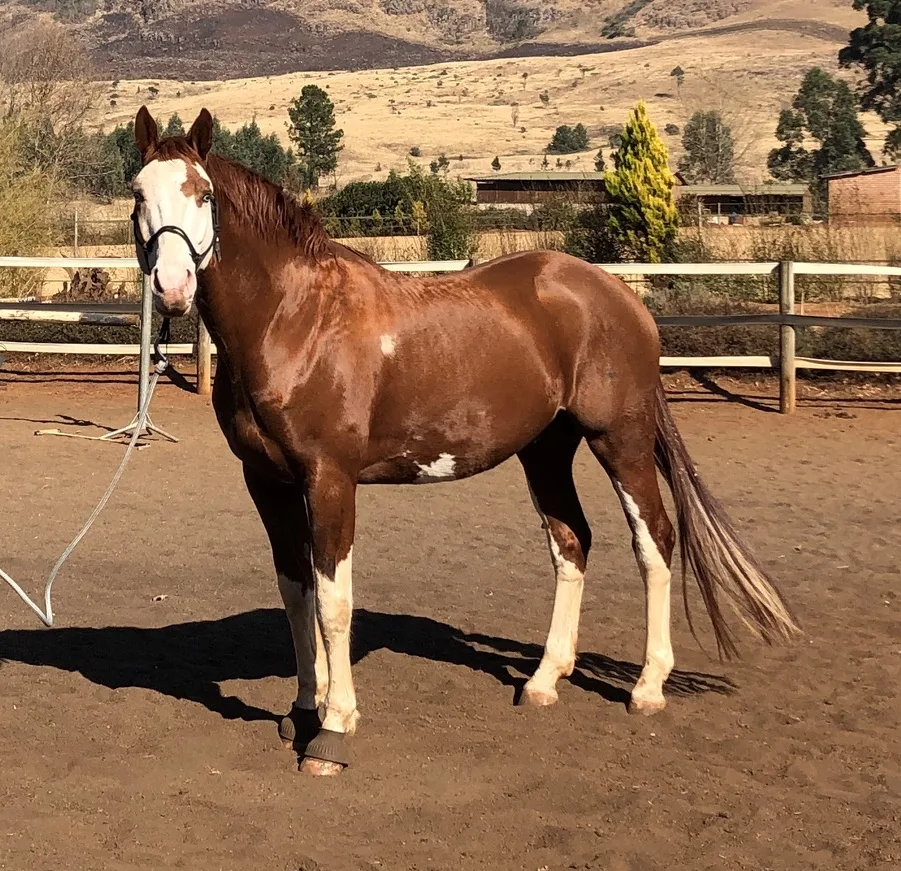
Vocalizations
Horses also use a variety of sounds to communicate, each with its own meaning and context. Understanding these can help you respond more effectively to their needs.
- Neighs and Whinnies: These are perhaps the most recognized horse sounds, used to communicate over distances. A neigh or whinny can express loneliness, calling out to others, or it can be a greeting. The tone, volume, and duration can all alter the message, from excitement to distress.
- Snorts and Blows: A snort can often indicate curiosity or alertness, a way for a horse to clear its nostrils and take in more scents. A relaxed blow, on the other hand, is a sign of contentment, often seen after a horse has assessed and dismissed a potential threat.
- Sighs and Groans: These sounds are usually signs of relief or discomfort. A sigh might come after a tense moment has passed, signaling relaxation, while groaning could indicate discomfort, either physical or emotional.
By tuning into these various channels of communication, you begin to understand the complex emotional landscape of your horse. This understanding is the bedrock of a deep, trusting relationship, where mutual respect and understanding pave the way for a harmonious partnership. Remember, communication is a two-way street; as much as you learn to understand your horse, you must also learn how to be understood, using your body language and voice in ways that support clear and kind communication.
n this section, we delve deeper into recognizing and responding to your horse’s fundamental needs and emotional states. A responsive caregiver can significantly enhance a horse’s well-being by being attuned to these cues.
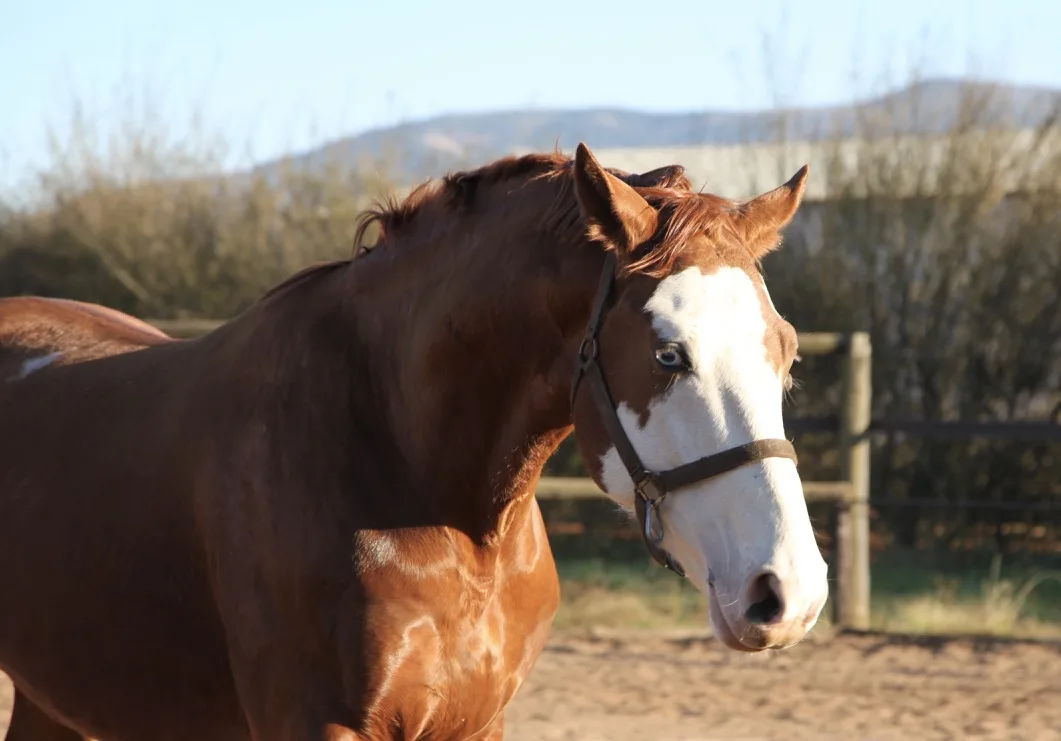
Hunger, Thirst, and Discomfort
Just like us, horses communicate their basic needs, but it requires a keen observer to understand these signals.
- Hunger: A horse looking or nibbling at your clothes or searching the ground for scraps may be signaling hunger. Some might become more vocal or restless, especially around their usual feeding times.
- Thirst: Horses might linger by empty water troughs or buckets, showing an obvious need. Paying attention to their water intake is crucial, especially during hot weather or after exercise.
- Discomfort: Signs of physical discomfort can vary widely, from shifting weight frequently, looking at their sides, lying down more than usual, or even refusing to eat. These signs, particularly if sudden or severe, require immediate attention to rule out conditions like colic or injury.
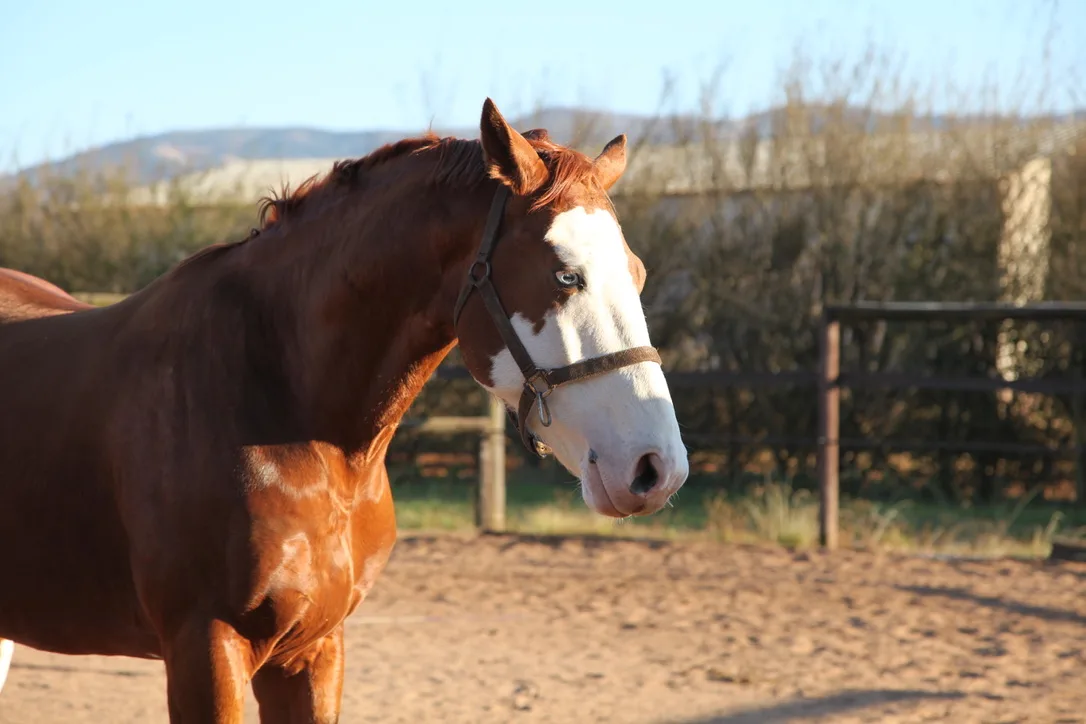
Stress and Anxiety
Recognizing when your horse is feeling stressed or anxious allows you to address their concerns promptly, ensuring they feel safe and supported.
- Nervousness or Fear: A horse might show nervousness through a high head position, wide eyes, snorting, or sweating. Fearful horses often have a tense body posture, might shy away, or even try to bolt.
- Calming Your Horse: Approach calmly, speaking in a soothing tone. Offer reassurance through gentle patting or stroking in their favorite spots. Removing or distancing them from the source of stress, when possible, helps. Consistent, positive training can also build their confidence over time.
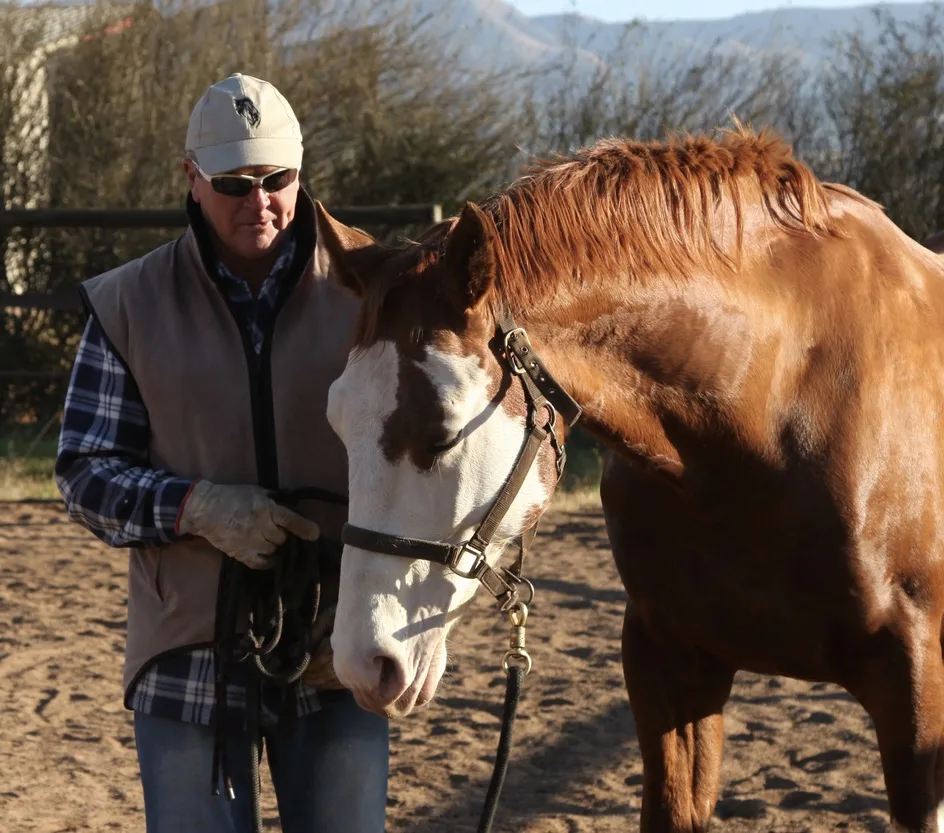
Pleasure and Contentment
Equally important is recognizing and cherishing the moments of happiness and relaxation in your horse.
- Relaxed State: A relaxed horse often has a soft eye expression, lowered head, and loose lip. They may sigh deeply, indicating a state of contentment. Some horses might even approach you for affection, a sign of their comfort and trust in your presence.
- Enjoyment: Horses show enjoyment in various ways, including playful behavior in the paddock, a keen interest in their surroundings, or showing eagerness to interact with you. These are moments to be celebrated, as they reflect the positive aspects of your horse’s life and your relationship with them.
Understanding and responding to these needs and feelings are fundamental to a healthy, happy horse. It strengthens the bond you share, built on mutual respect and empathy. Observing your horse closely, with patience and attentiveness, will make you more attuned to their communications, enriching the life you share together.
Navigating the world of horse communication requires not just understanding but also a strategic approach to interaction. This section explores key strategies to enhance the dialogue between you and your horse, focusing on consistency, patience, timing, and trust-building.
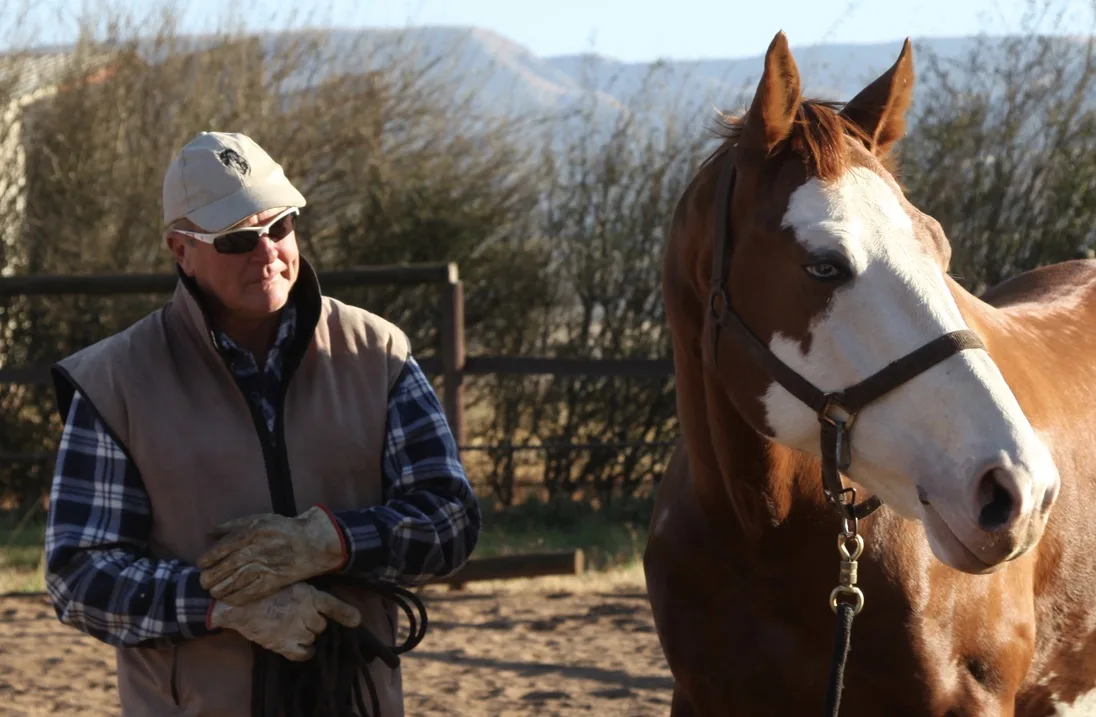
Consistency is Key
A cornerstone of effective communication with your horse is consistency. Horses thrive on predictable patterns of interaction, which helps them understand what is expected of them.
- Uniform Signals: Whether it’s a cue for a trot or a command to halt, use the same signals each time. This reduces confusion and builds a clear line of communication.
- Routine: Establishing a daily routine helps your horse feel secure. Regular feeding times, grooming, and exercise not only cater to their physical needs but also to their psychological well-being.
- Consistent Responses: Your reaction to their behavior should be consistent. If a certain behavior is rewarded one day and punished the next, it can lead to stress and confusion. Decide on your rules and stick to them.
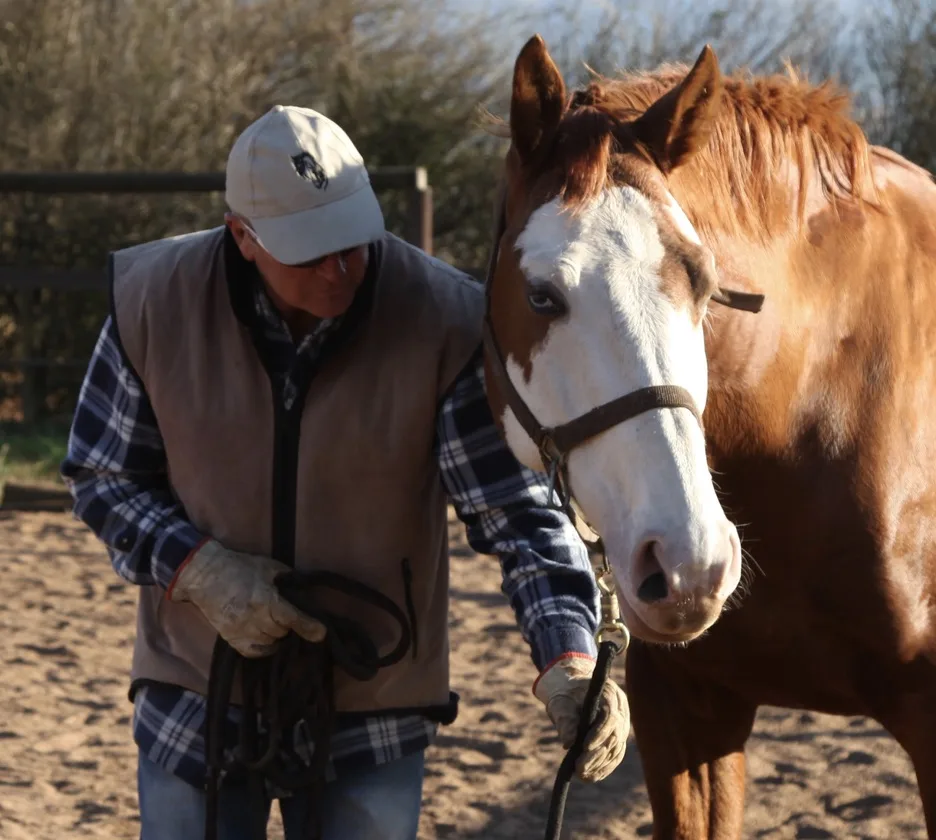
Patience and Timing
The effectiveness of communication with your horse greatly depends on patience and the precise timing of your responses.
- Timing of Rewards and Corrections: The immediate aftermath of a behavior is the golden window for your response, be it a reward or correction. Horses connect your response to their action within seconds, making timely feedback crucial for learning.
- Patience in Training: New skills take time to master. Show patience as your horse learns, offering encouragement and time to understand new commands or tricks.
- Recognizing Effort: Sometimes, it’s not about the perfect execution but the effort put in. Acknowledge and reward attempts to follow cues, reinforcing a positive learning environment.
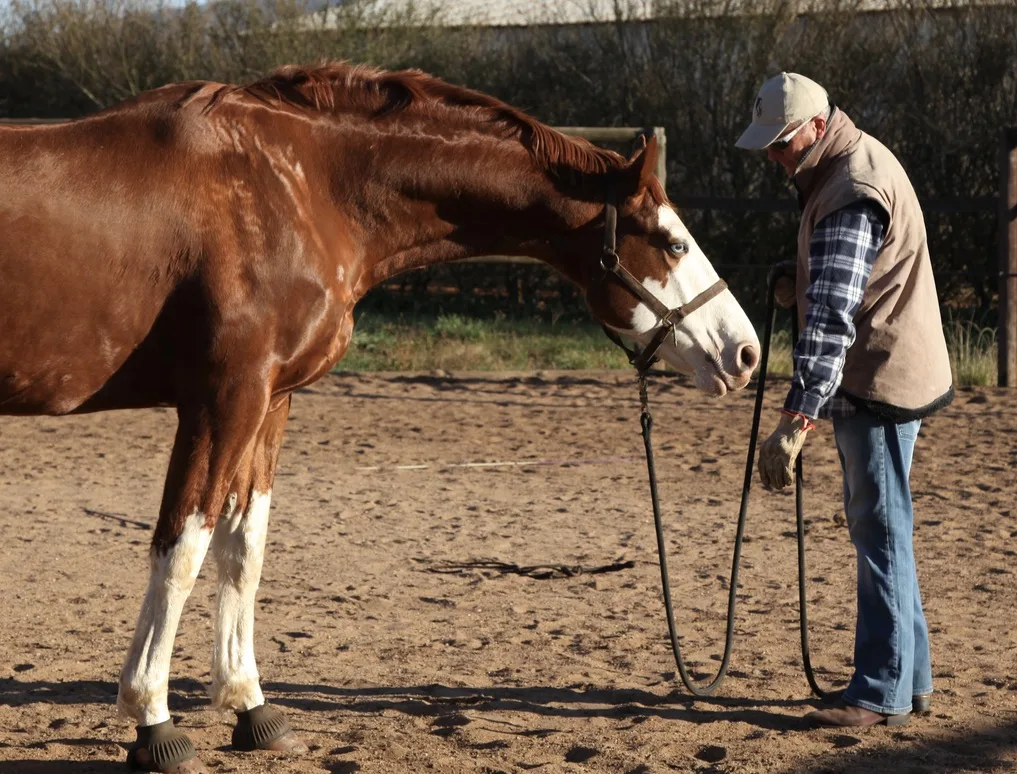
Building Trust
Trust is the bedrock of your relationship with your horse, cultivated through consistent, positive interaction.
- Respect as a Two-Way Street: Show respect to earn respect. Understand your horse’s limits and work within them, pushing gently but never forcing.
- Quality Time: Spend time with your horse beyond training sessions. Quiet moments together can strengthen your bond, whether it’s a gentle grooming session or simply sharing space.
- Reliable Leadership: Be a leader your horse can trust. This means being calm, confident, and decisive. Horses look to their leaders for cues on how to react; your calmness can reassure them in stressful situations.
Effective communication is not about dominance but about partnership. It’s a dance of give-and-take that respects the horse’s nature, promotes understanding, and deepens the connection. By focusing on consistency, patience, timing, and trust, you lay the foundation for a relationship that transcends words, grounded in mutual respect and understanding.
Embarking on a journey to improve communication with your horse involves practical exercises that can strengthen your bond. These exercises are designed to enhance understanding and foster a deeper connection through observation, groundwork, and riding.
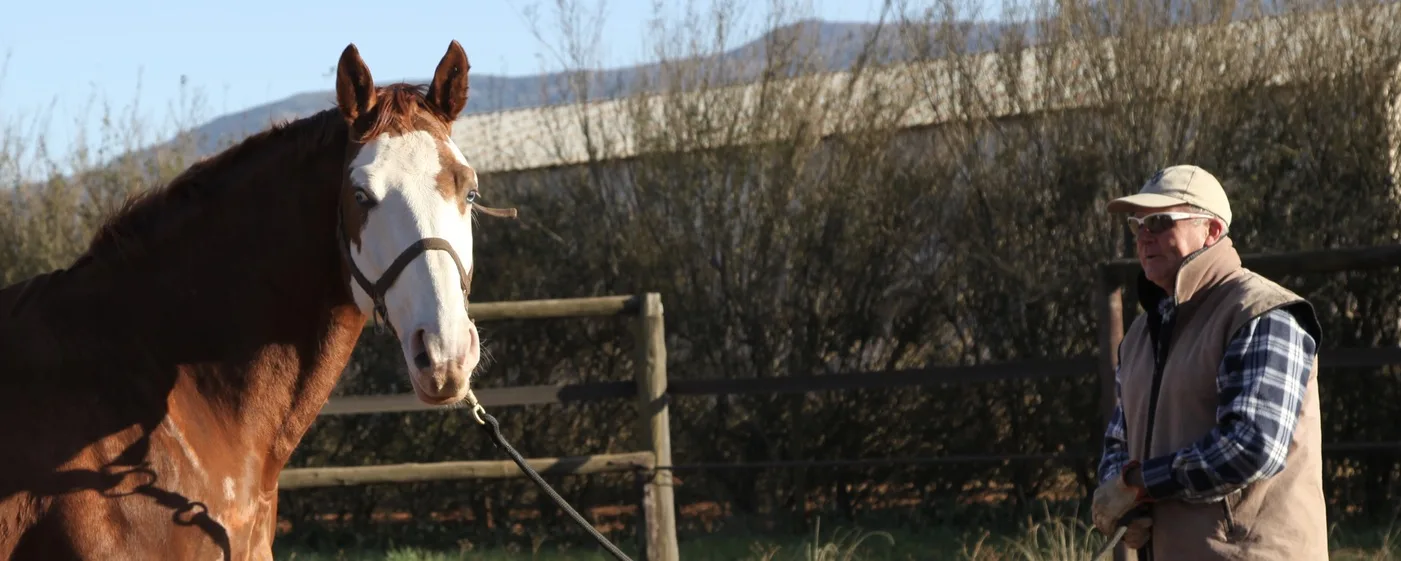
Observation
Before you can effectively communicate, you must learn to listen—or, in this case, observe.
- Dedicate Time to Watch: Allocate time to simply watch your horse in various settings, such as in the paddock, with other horses, or during feeding times. Notice the nuances in their behavior, body language, and vocalizations.
- Identify Specific Cues: Each horse has a unique way of expressing itself. Identify what happiness, curiosity, discomfort, or annoyance looks like in your horse. Understanding these cues is the first step towards effective communication.
- Behavior Patterns: Observe patterns in their behavior in response to different stimuli. This can help you predict how they might react in future situations, allowing you to prepare and respond appropriately.
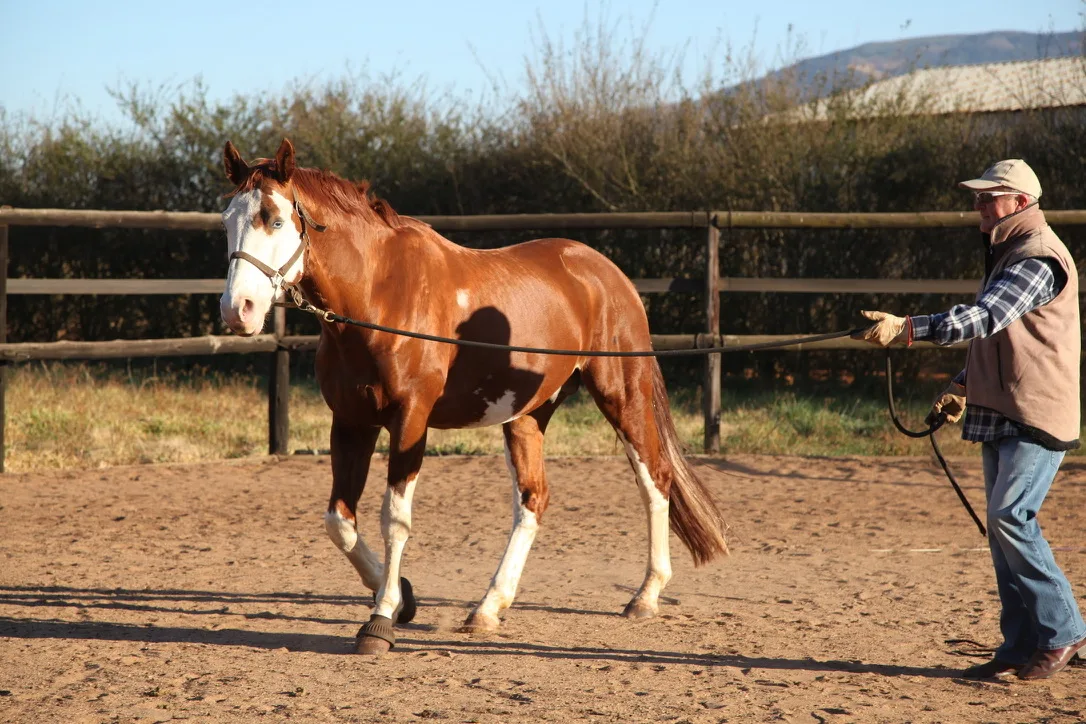
Groundwork
Groundwork exercises are a fantastic way to build trust and respect while improving communication skills. These exercises reinforce your role as a leader and help your horse understand your cues.
- Lead Training: Practice leading your horse in a calm, assertive manner. Work on stopping, starting, and turning with minimal effort, focusing on your body language and voice cues.
- Respect Space: Teach your horse to respect your space by using body language to move them back or to the side. This exercise enhances your communication and establishes boundaries.
- Desensitization: Gently introduce your horse to new objects and situations, using positive reinforcement to create a calm, confident response to potential stressors.
Riding Exercises
While in the saddle, clear communication is crucial for safety and performance. These exercises can help improve your horse’s responsiveness to your cues.
- Focus on Transitions: Practice transitions between gaits and within gaits (e.g., walk to trot, trot to canter). Use clear, consistent cues and reward prompt responses to improve attentiveness and responsiveness.
- Direction Changes: Work on smooth direction changes, using leg, seat, and rein cues to guide your horse. This not only improves their agility but also reinforces your communication through different aids.
- Consistency with Cues: Ensure that your cues are consistent and clear. If you’re asking for a specific movement, use the same aids each time. This consistency helps your horse understand and respond more quickly to your requests.
Through these practical exercises, you’re not just training your horse; you’re engaging in a dialogue that enhances mutual respect and understanding. Whether observing from the ground, working together on groundwork exercises, or communicating in the saddle, each moment is an opportunity to deepen your connection and improve the way you communicate with your horse.
As we bring our exploration of horse communication to a close, I’m reminded of the countless moments of understanding and connection I’ve shared with these magnificent creatures. Each horse I’ve encountered has taught me something unique about the power of silent dialogue, the kind that transcends words and taps directly into the essence of trust and companionship.
This journey towards effective communication with your horse is filled with learning, growth, and the kind of deep, fulfilling connection that comes from truly understanding another being. It’s a path that demands patience, attentiveness, and a willingness to see the world through your horse’s eyes. But, let me assure you, the rewards far outweigh the challenges.
The joy that comes from a horse responding to your subtle cues, from the mutual respect fostered in these moments, is unparalleled. It’s a testament to the bond that humans and horses can share, a bond built on mutual trust and understanding. This connection enriches our lives, adding layers of meaning and joy to our journey with these noble animals.
As you continue to explore and deepen your communication with your horse, remember to be patient with both your horse and yourself. Each step forward is a victory, each moment of understanding a treasure. Embrace the challenges as opportunities to grow closer and to learn more about your equine partner.
Thank you for joining me on this journey. May your path be filled with many shared whispers, understanding glances, and the incomparable joy of a deep connection with your horse. Remember, in the world of horses, the most profound conversations are often the ones where not a word is spoken.
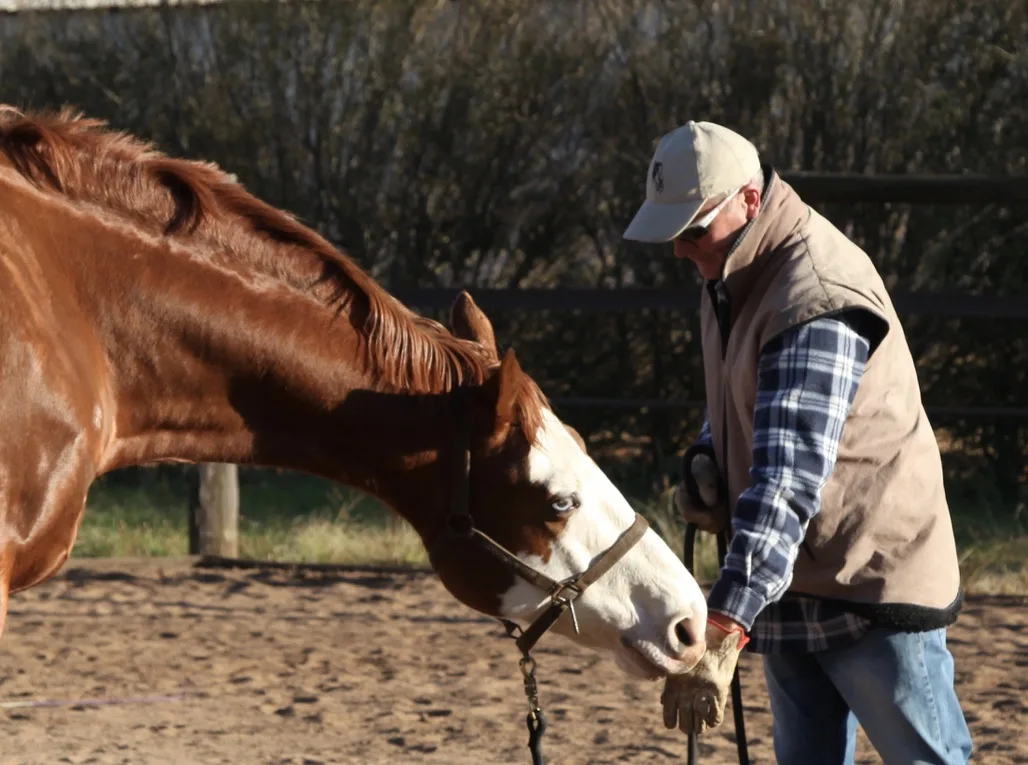
conclusion
I invite you to bring your own stories and questions into the arena. The comments section below is not just a space for words; it’s a pasture where experiences and wisdom can graze freely. Whether it’s a challenge you’ve faced, a breakthrough moment with your horse, or a question that’s been trotting through your mind, I urge you to share it with our community. Your insights enrich us all, fostering a deeper understanding and appreciation for the silent language we share with our horses.
And if you’ve found a spark of inspiration or a nugget of useful information within these lines, consider subscribing for more gallops through the world of horse communication and care. Our journey together doesn’t end here; it merely leaps over to the next fence, where more insights, stories, and guidance await. Subscribe to our newsletter today, and let’s continue to ride side by side, exploring the profound bond that connects humans and horses, one post at a time.
Your voice, your experiences, and your questions are the wind beneath the wings of this community. Let’s soar together, sharing our stories and strengthening our bonds with these majestic animals that grace our lives. Share, subscribe, and let’s continue this beautiful journey together.
further resources
These guides and articles provide a deeper understanding of how to interpret and interact with horses effectively, fostering a stronger bond between you and your equine companion.
- Understanding Horse Behavior: A Comprehensive Guide from Help With My Horse offers insights into interpreting ambiguous behaviors like whinnying, pawing, head shaking, and more. It emphasizes the importance of context in understanding these cues, suggesting that behaviors such as nuzzling or snorting can have different meanings based on the situation.
- How Horses Communicate: Complete Horse Body Language Guide on Equine Helper explores how horses communicate with each other and humans through body language and vocal cues. It provides detailed descriptions of how to interpret signs of illness, injury, stress, anxiety, sadness, discontent, anger, curiosity, and happiness in horses.
- Horse Body Language: How To Read It And Understand It by Equus Magazine dives into the nuances of a horse’s hind legs, muzzle, and eyes to convey their feelings. It highlights how various positions and movements can indicate relaxation, irritation, or discomfort, and how understanding these cues can prevent misunderstandings and enhance safety.
These resources collectively provide a wealth of knowledge on horse communication and behavior, emphasizing the importance of observing and understanding the subtle nuances of horse body language. By applying these insights, you can deepen your connection with horses, improving both your interactions and their well-being.
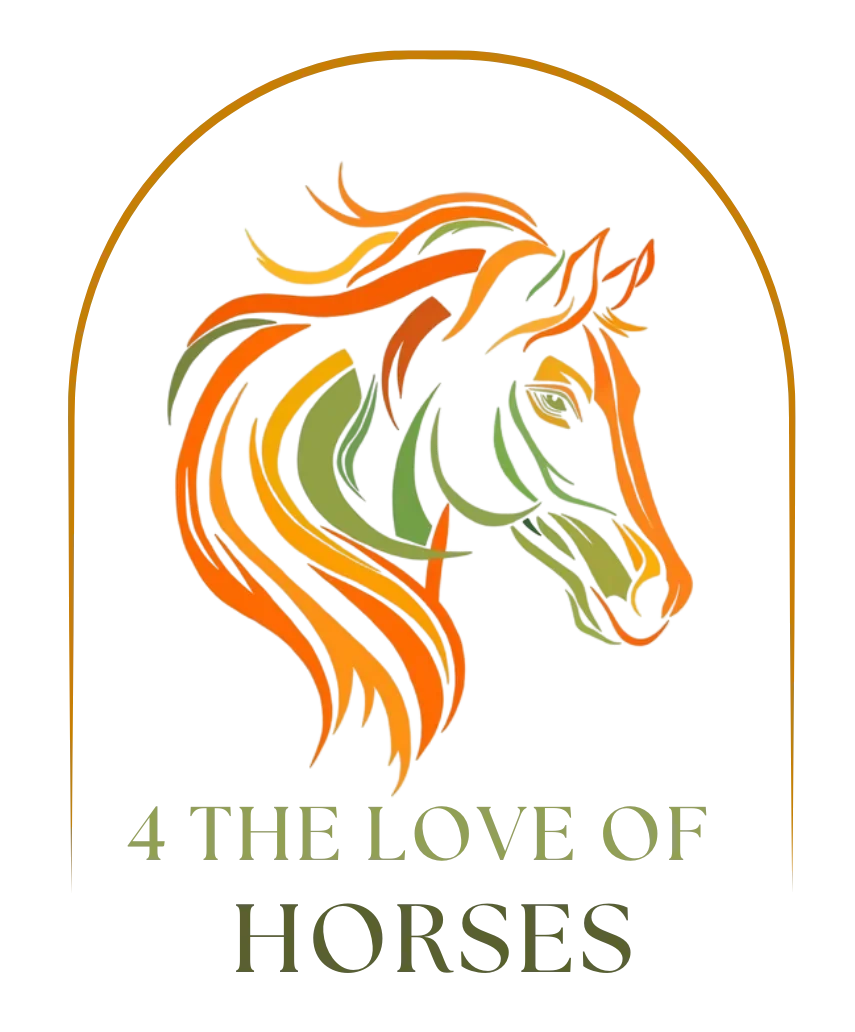
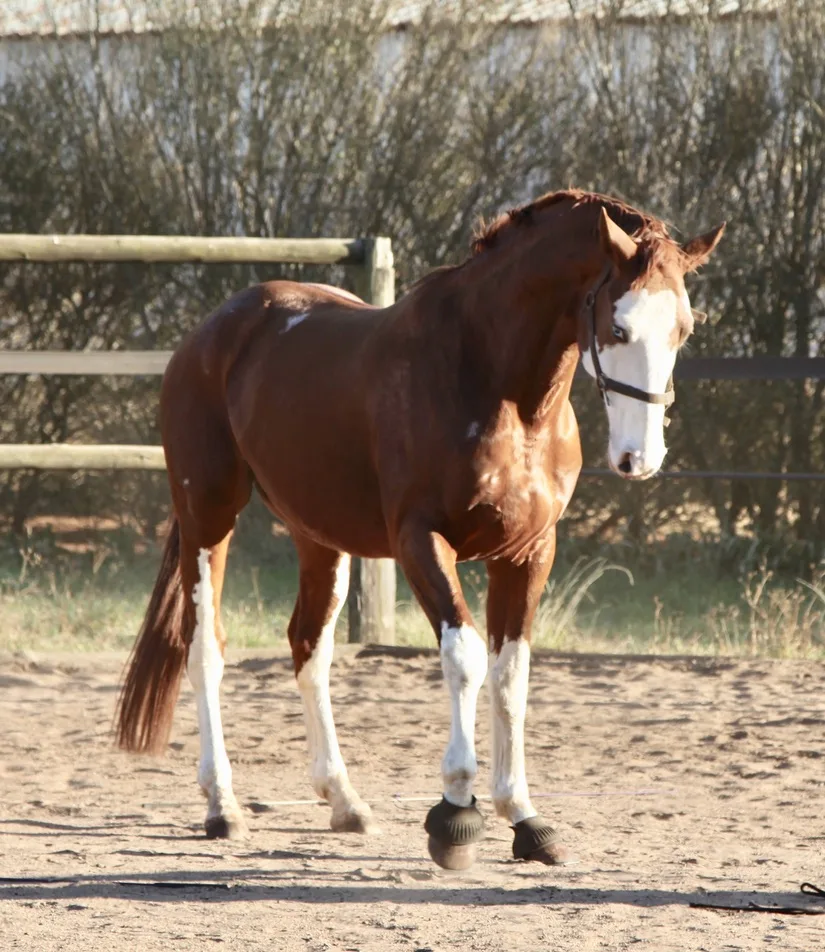
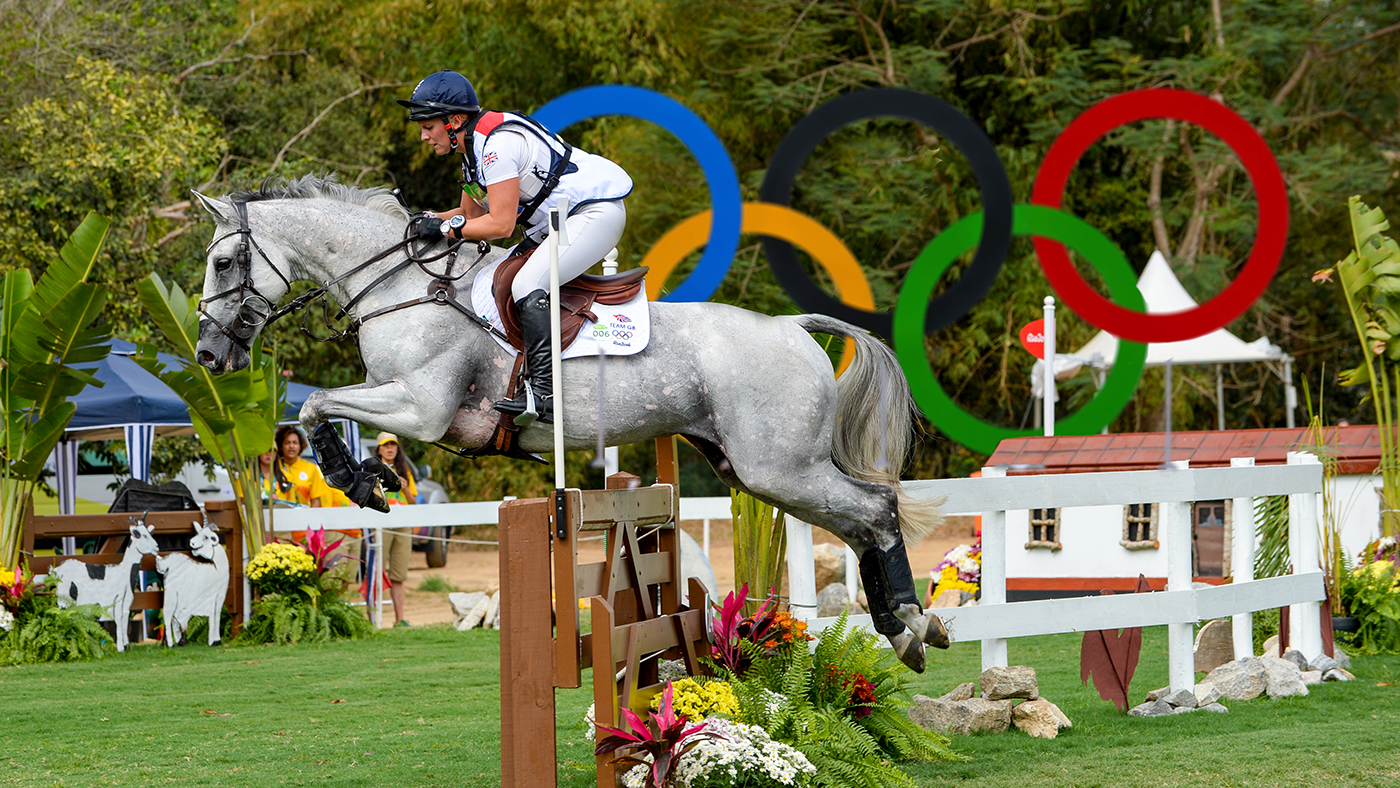
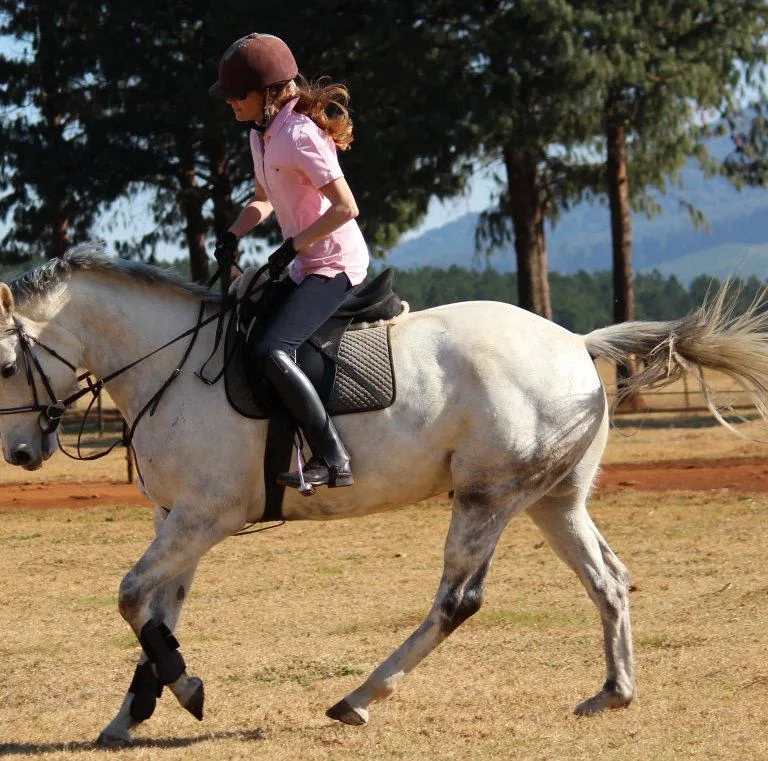
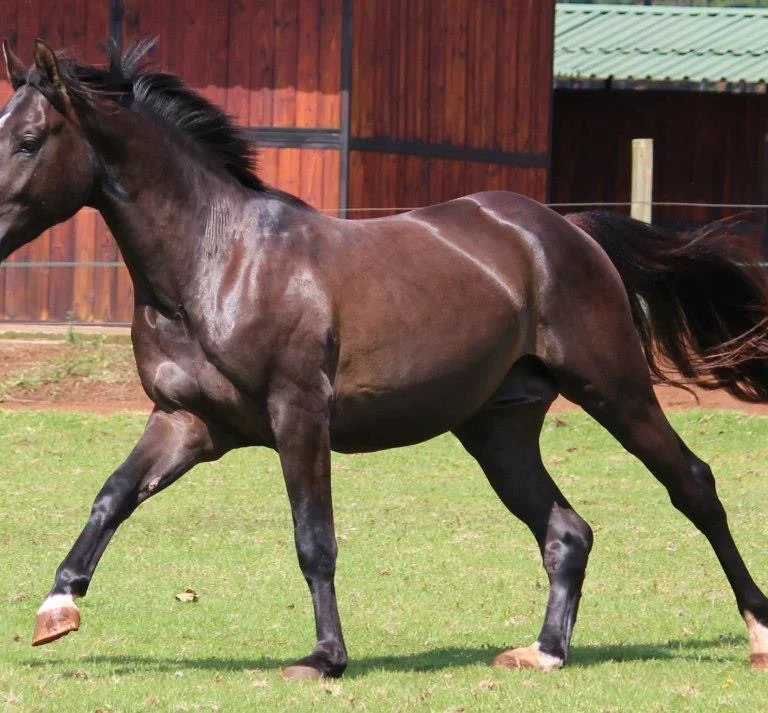
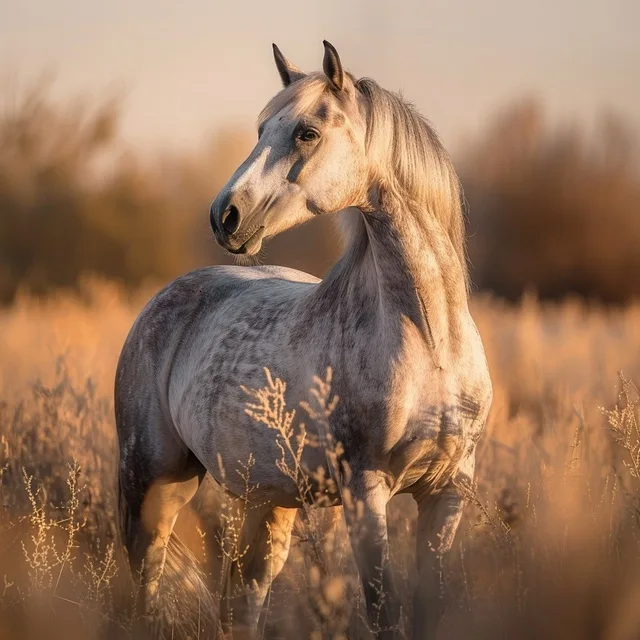
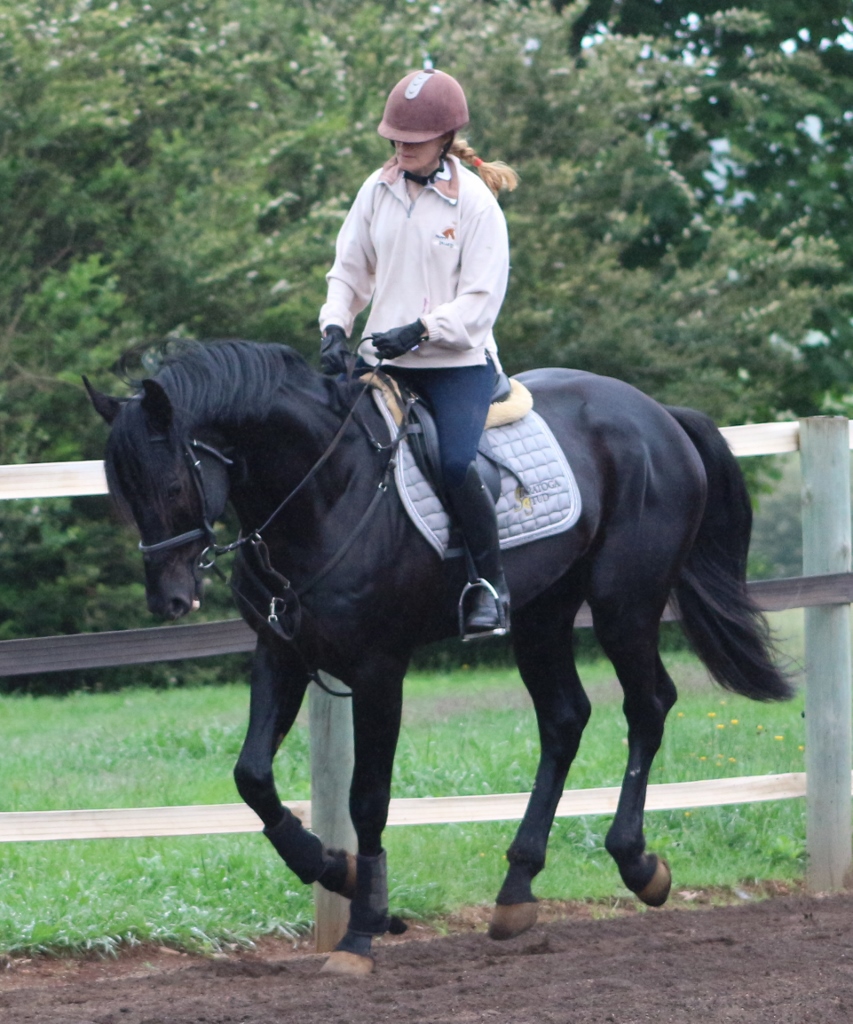
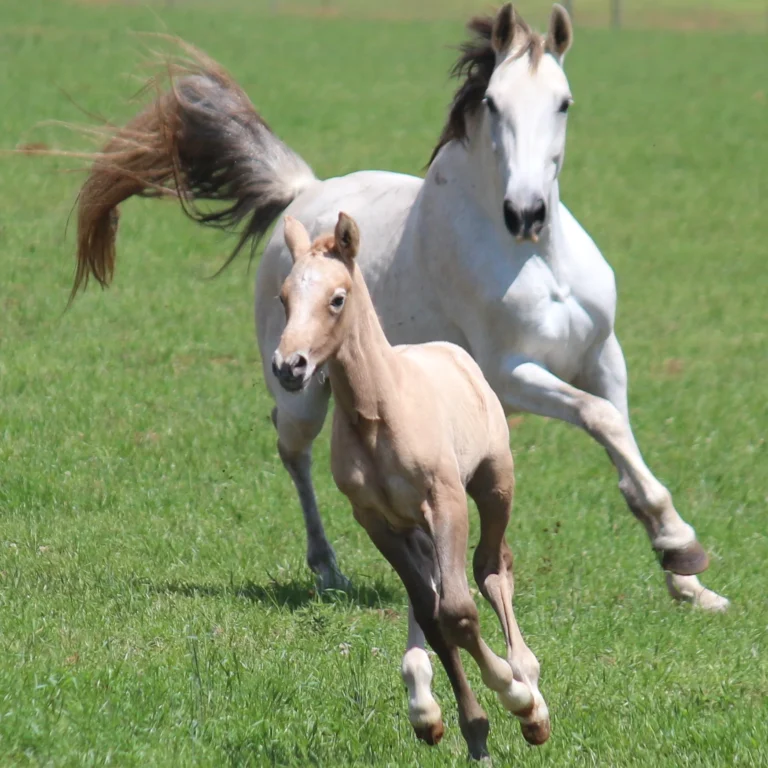
Leave a Reply